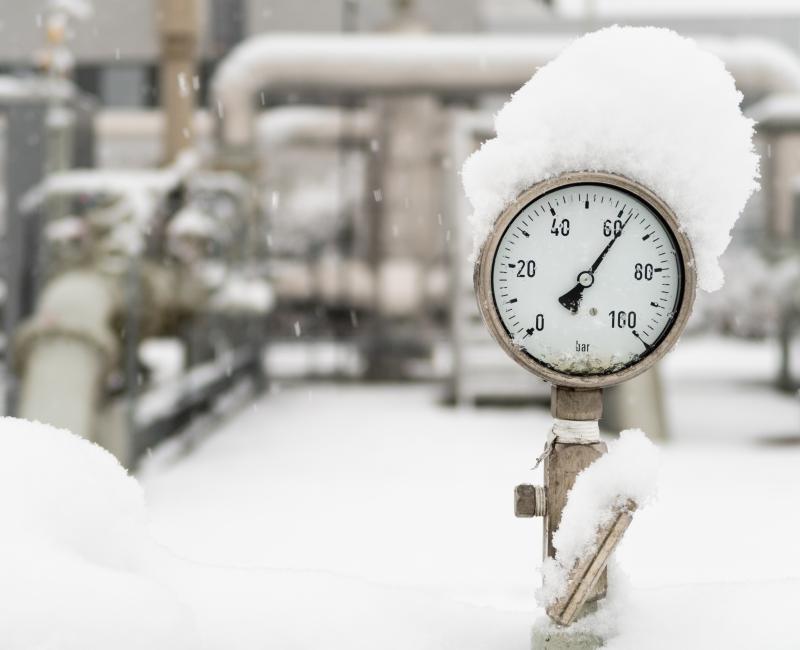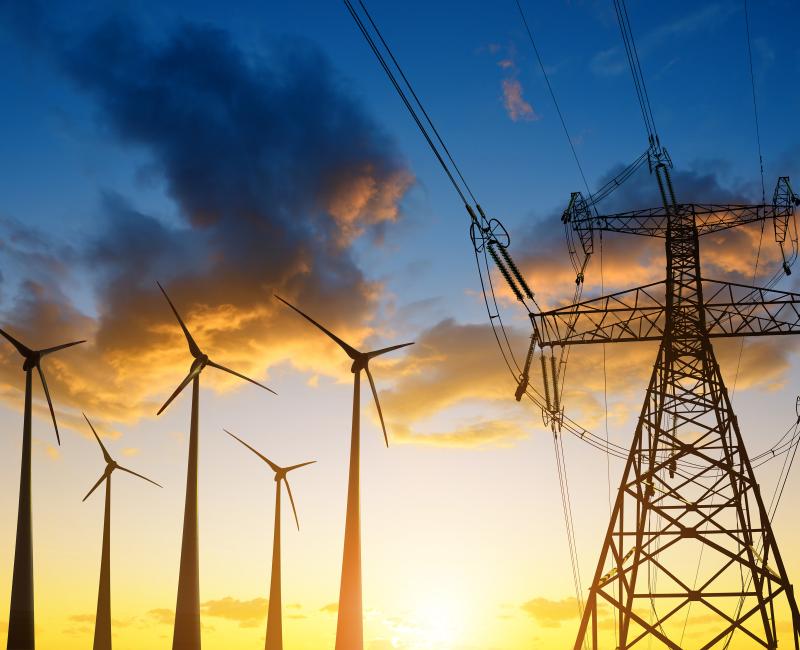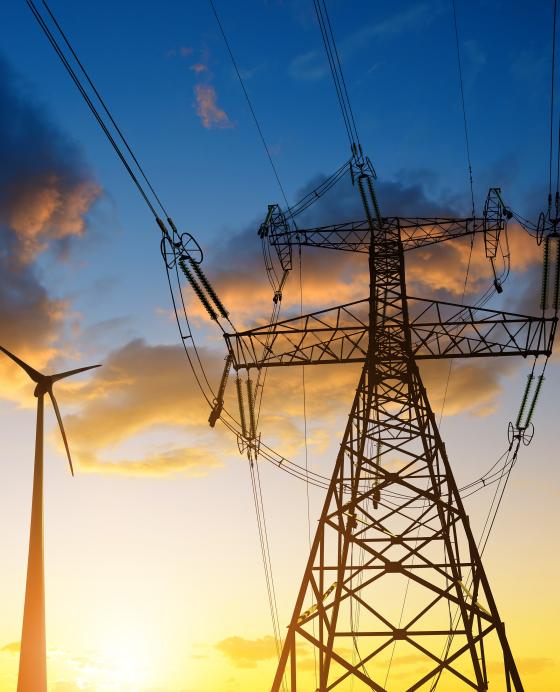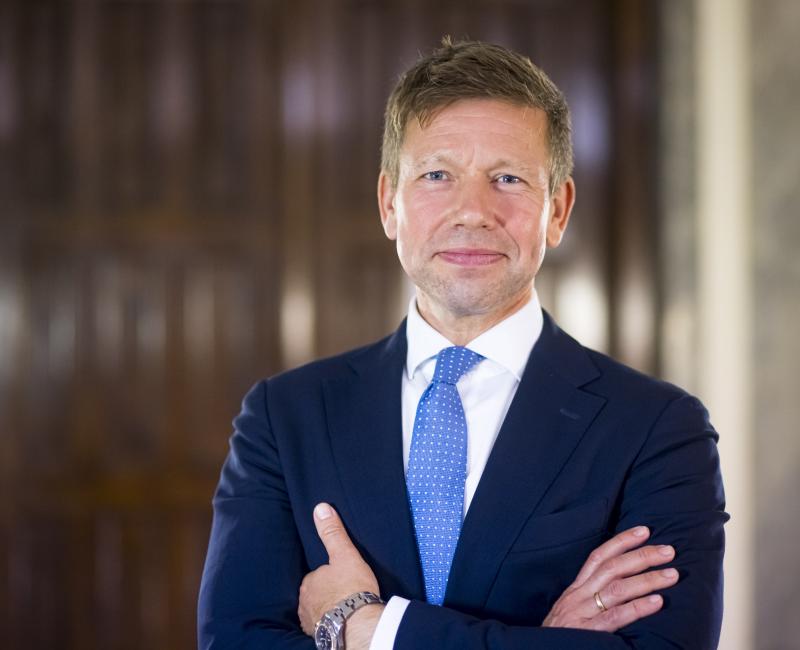reliable power supply and no demand disconnections due to insufficient supplies in 2023.
ACER welcomes the draft statutory documents of the European Network of Network Operators for Hydrogen
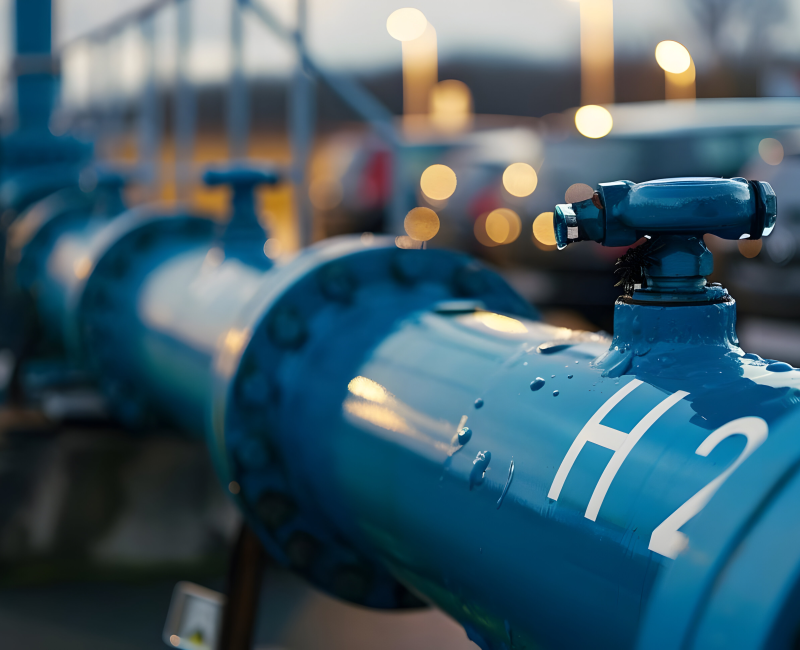
ACER welcomes the draft statutory documents of the European Network of Network Operators for Hydrogen
What is it about?
Today, ACER issues its Opinion on the draft statutory documents proposed by future hydrogen transmission network operators to formally establish the European Network of Network Operators for Hydrogen (ENNOH) as an association under the Belgian law.
As an independent body, ENNOH will be responsible for fostering collaboration among hydrogen transmission network operators across the EU.
What’s the role of ACER?
ACER is mandated to provide an Opinion on ENNOH’s draft statutory documents, which were submitted at the end of August.
ACER conducted a public consultation from 23 September to 21 October 2024, seeking views from organisations representing all stakeholders, in particular hydrogen system users, including customers. All responses received are available on the consultation page.
What is the main conclusion?
ACER welcomes the draft statutory documents received, and suggests how to enhance them to further support the establishment of ENNOH. ACER highlights, however, that a crucial factor for success lies in the timely and committed transposition of certification provisions from the Hydrogen and Decarbonised Gas Market Directive by the Member States. This responsibility, ACER notes, rests with the relevant ministries, not ENNOH or its members.
What are the next steps?
This ACER’s Opinion is addressed to the European Commission, which now has three months to provide its opinion. Should the Commission’s opinion be favourable, future hydrogen transmission network operators will have three months to adopt and publish the statutory documents.
